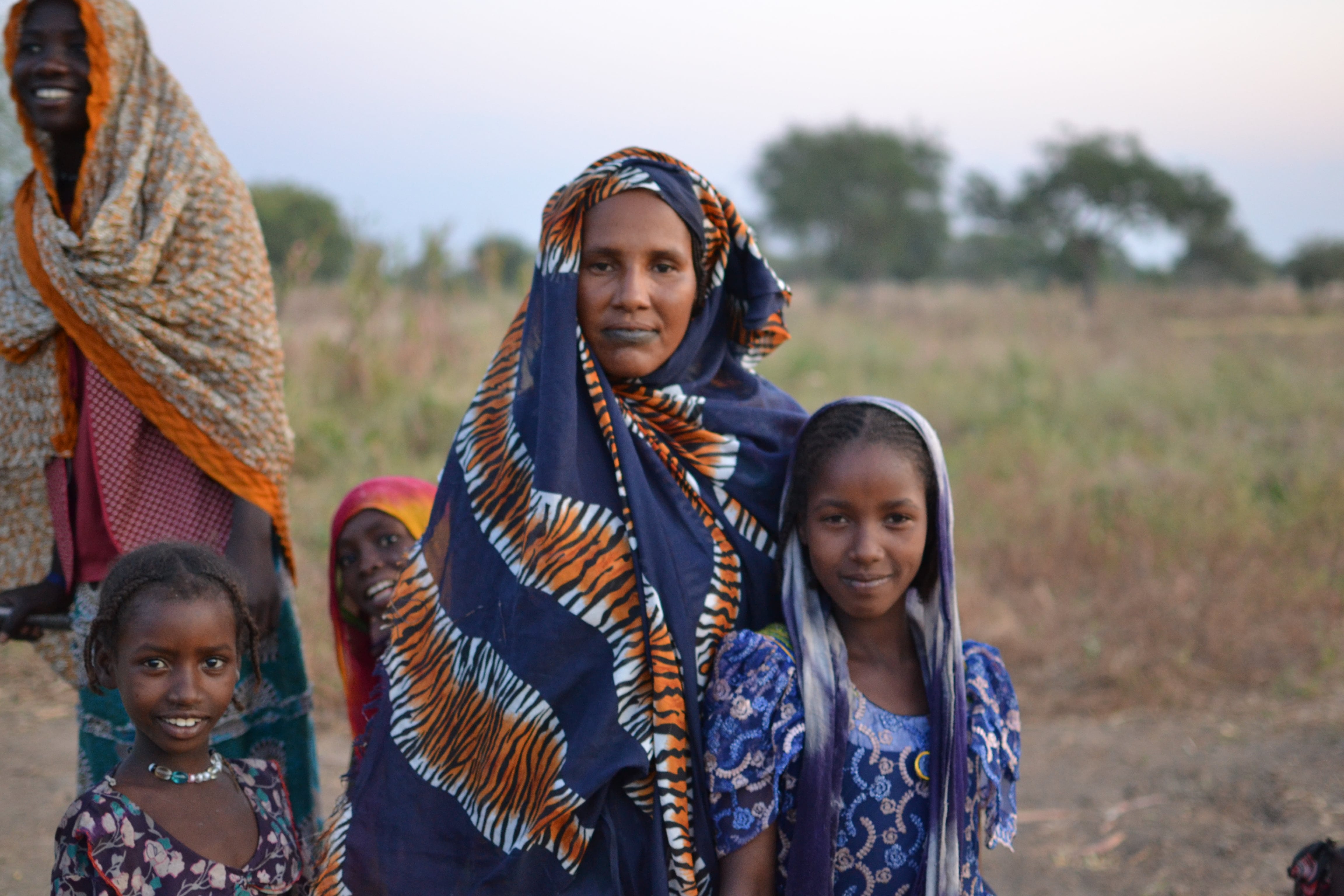Kanembu
Introduction / History
The Kanembu live in the desert region of northwestern Chad, just northeast of Lake Chad. They inhabit an arid region of thin thorny bushes. Vegetation is seasonal, since the area receives less than twelve inches of rain per year. The people speak Kanembu, a Kanuri language that has various dialects. It is not yet a written language, and those who are literate read and write Arabic, which is taught in the Islamic schools.
Up until the 1200s, the Kanembu were the most powerful people group south of the Sahara, advancing their position by importing technology. However, their empire rapidly declined during the 1500s under the strength of other more aggressive and powerful rulers.
Rich natron deposits are scattered across more than 30,000 acres of Chad. They are found in salt mines, most of which the Kanembu own. While most of the Kanembu are farmers, many earn a living by mining the natron.
What Are Their Lives Like?
The Kanembu are primarily farmers and livestock raisers. Many families keep small gardens in the fertile wadis (valleys or streambeds). In good wadis, which are occasionally watered by streams, farmers can harvest corn twice a year and wheat once. Those living around Lake Chad make use of the moist, fertile polders (wadis that have been artificially created by damming a small inlet of the lake). Frequently, Kanembu farmers have a surplus of grain, which they export north by camel and across Lake Chad to Nigeria by canoe.
The Kanembu's ancestors were herdsmen; and today, many Kanembu still tend cattle. In the north, some are semi-nomadic, migrating for brief periods with their cattle. In the center and southern areas, they are settled farmers, raising livestock and growing millet on ground fertilized by the manure of their cattle.
The Kanembu have a stable social structure. Each village has a secular chief and a religious leader who provide material and spiritual guidance. Families are large, and some of the men have more than one wife. They live in straw huts that are built near sandy depressions where water collects.
Although some young boys travel to Borno to attend Islamic high schools, most Kanembu are illiterate. Their villages lack modern schools and health care, facilities that are hindered by the absence of quality roads.
What Are Their Beliefs?
Arabs migrating from the north and east spread into Chad with Islam during the tenth century. Today, Islam is strong among the Kanembu. They are generally orthodox, faithfully following Islamic practices, with the exception of a few rural traditions.
Interestingly, there are a few points of resemblance between their religious ideals and those of Christianity: the belief in one only God, who is eternal, the creator, omniscient; the existence of protecting spirits (or angels); the concept of the sanctuary or "holy of holies" and the Spirit of God who communicates; and various analogies to explain complex concepts.
What Are Their Needs?
The Islamic faith has been passed down among the Kanembu from generation to generation. Parents forbid education in French secular schools, even if it means no education at all. They only allow their children to study Arabic, since it was the language of Mohammed.
The Kanembu desperately need willing workers to live among them and demonstrate God's love to them in practical ways.
Resourced by Joshua Project

